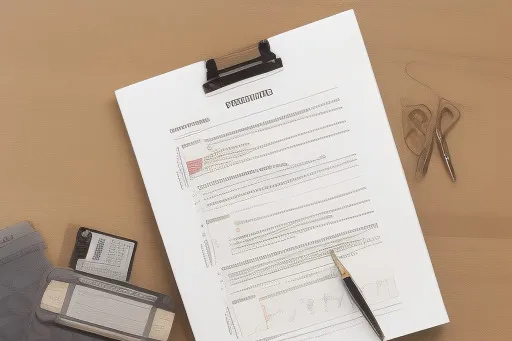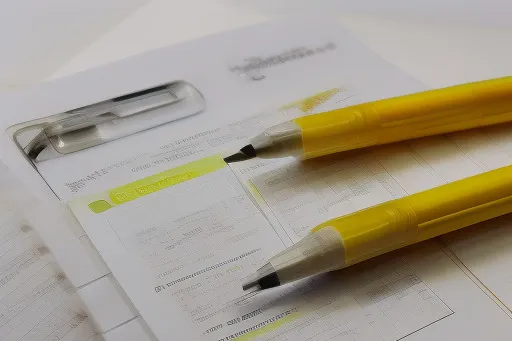Social Work Documentation Cheat Sheet


In the world of social work, documentation is an essential component of good practice. It allows social workers to record their actions, observations, professional views, analysis of situations, and action plans.
One common form of documentation is the case note, which provides a comprehensive record of the social worker’s involvement with a client.
A case note typically includes the following information:
- Date and time of the contact or conversation
- Reason for the contact or conversation
- Appearance of the client
- Capacity of the client to make decisions around the subject
Case notes serve as a way for social workers to track their progress and communicate important information to other professionals involved in the client’s care. They provide a detailed account of the social worker’s interventions, helping to ensure continuity of care and accountability.
To illustrate the importance of case notes, let’s explore a few examples:
Example 1:
Date and time: July 15, 2022, 2:00 PM
Reason for contact: Scheduled therapy session
Appearance: Client appeared anxious and agitated
Capacity: Client exhibited capacity to make decisions regarding treatment options
During the session, the social worker conducted a thorough assessment of the client’s mental health and identified triggers for their anxiety. The social worker provided intervention strategies and collaborated with the client to develop a personalized action plan.
The session ended with a follow-up appointment scheduled for next week.
Example 2:
Date and time: August 3, 2022, 10:30 AM
Reason for contact: Phone consultation with client’s doctor
Appearance: Not applicable (phone conversation)
Capacity: Not applicable (phone conversation)
In this case, the social worker reached out to the client’s doctor to discuss the client’s medication management. The social worker shared relevant information from the client’s case file and collaborated with the doctor to make necessary adjustments to the client’s medication regimen.
The social worker documented the conversation, including any actionable steps discussed and the doctor’s recommendations.
As we can see from these examples, case notes play a crucial role in social work practice. They provide a written record of the social worker’s involvement, ensuring that important details are captured and shared appropriately.
Check out this YouTube video:
Are you looking for a quick and easy way to document for school social work? Check out this comprehensive social work documentation cheat sheet that will make your documentation process a breeze!
The Benefits of Effective Documentation in Social Work
Proper documentation in social work offers several benefits. It:
-
Enhances communication: Case notes serve as a tool for effective communication among professionals involved in a client’s care. With accurate and comprehensive documentation, social workers can easily share information with colleagues, healthcare providers, and other stakeholders.
-
Promotes continuity of care: Detailed case notes ensure continuity of care by providing a comprehensive history of the client’s progress, interventions, and challenges. This information is beneficial when transitioning between different social workers or healthcare providers.
-
Supports accountability: Documentation helps social workers remain accountable for their actions and decisions. It allows for the tracking of interventions, progress, and outcomes, ensuring that social workers can evaluate the effectiveness of their strategies.
-
Facilitates research and analysis: Social work case notes, when securely stored and anonymized, can contribute to research and analysis in the field. These records provide valuable insights for improving social work practice and addressing broader social issues.
Best Practices for Social Work Documentation
To ensure effective documentation, social workers should follow these best practices:
-
Use clear and concise language: Write case notes in a manner that is easily understood by other professionals and stakeholders. Avoid using jargon or technical terms that may be unfamiliar to others.
-
Be objective and non-judgmental: Record observations and assessments objectively, without personal biases or judgments. Stick to the facts and avoid making assumptions.
-
Obtain consent and maintain confidentiality: Prior to documenting any sensitive information, obtain proper consent from the client. Safeguard client confidentiality by adhering to ethical guidelines and protecting personal identifying information.
-
Document in a timely manner: Record case notes as soon as possible after each interaction or event. This ensures accuracy and minimizes the risk of forgetting important details.
-
Organize information systematically: Use headings, subheadings, or bullet points to structure your case notes. This helps to capture key information effectively and allows for easy retrieval when needed.
-
Keep case notes focused and relevant: Ensure that your case notes are concise and address the purpose of the documentation. Avoid including excessive or unnecessary information that does not contribute to the client’s care.
Following these best practices will help social workers maintain accurate and meaningful documentation that supports their professional practice and the well-being of their clients.
Recommended Product: Stabilo BOSS Original Highlighters
As a social worker, having reliable tools for documentation is crucial. One highly recommended product is the Stabilo BOSS Original Highlighters.
These highlighters are known for their vibrant colors and high-quality ink that doesn’t smudge or bleed through paper.
The Stabilo BOSS Original Highlighters offer a variety of colors, allowing you to efficiently organize and highlight important information in your case notes. Their ergonomic design ensures a comfortable grip, making it easier to use them for extended periods.
You can find the Stabilo BOSS Original Highlighters on Amazon here.


Investing in reliable and efficient tools like the Stabilo BOSS Original Highlighters can significantly enhance your social work documentation process, making it easier to create clear and well-organized case notes.
Conclusion
In conclusion, effective documentation is a vital aspect of social work practice. Case notes serve as a comprehensive record of a social worker’s involvement with a client, capturing important information such as interventions, assessments, and action plans.
By following best practices and utilizing reliable tools like the Stabilo BOSS Original Highlighters, social workers can ensure accurate and meaningful documentation, resulting in enhanced communication, continuity of care, and accountability.




